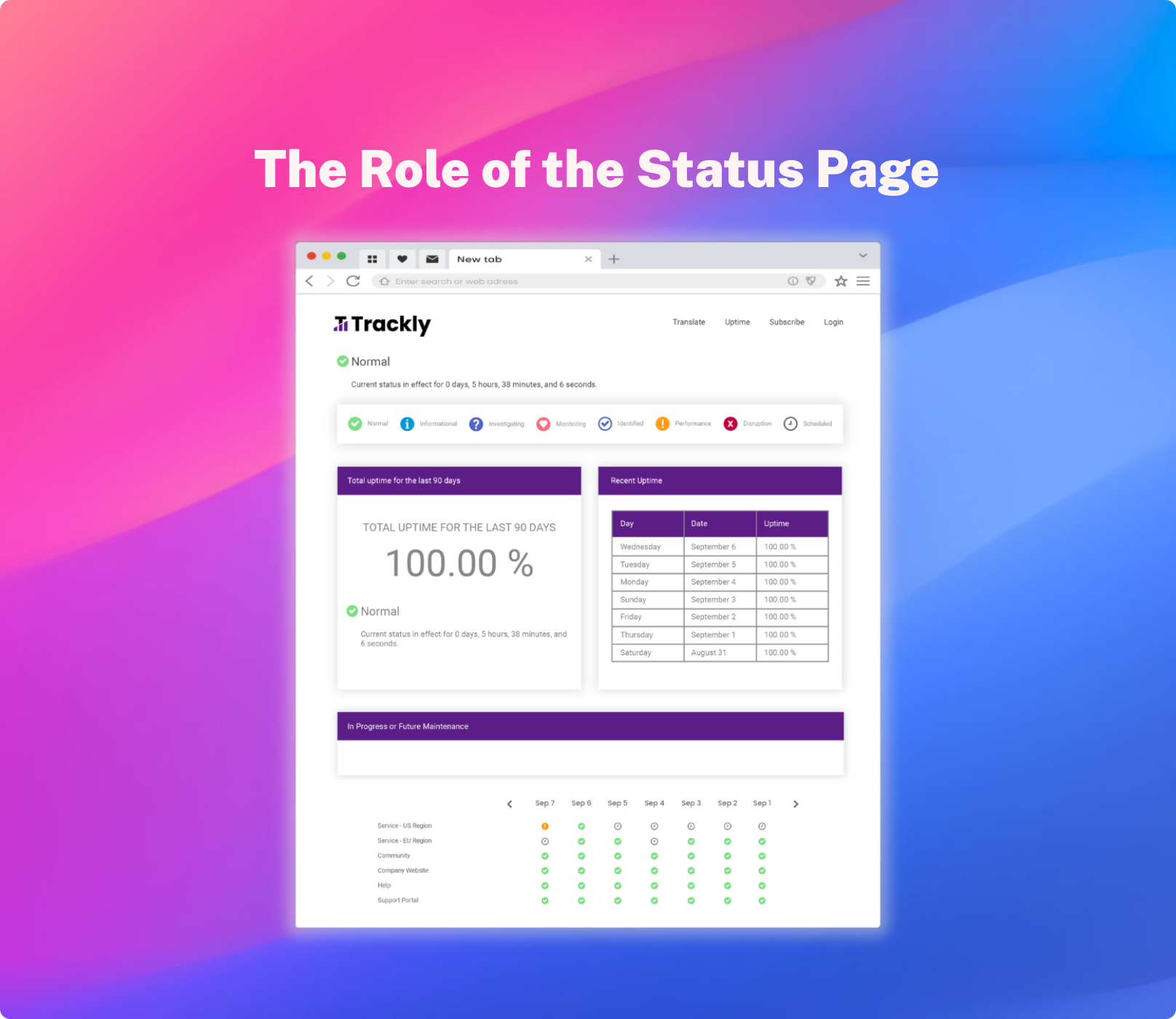Tired of checking your website or app multiple times a day to make sure its working the way it should? Wouldn’t it be a relief if there were a service that monitored your application 24/7 and notified you the minute a disruption in uptime occurs?
If tech titans like Yahoo, Google, and Twitter can go down, you can just about guarantee that your application will experience downtime as well.
Uptime tools are becoming increasingly popular and are quickly becoming a must have for any business or organization that depends on a website or application (so just about every business with its doors still open).
Just to give you an idea, In this post were going to cover:
- The importance of application availability
- How common and expensive downtime is
- Why uptime tools can help manage your reputation and help your breathe a bit easier
- What to look for in quality uptime tools
Application Availability is More Important Than You Think
What are Common Causes of Downtime?
There are three things guaranteed in this life: death, taxes, and downtime. The heavyweights in the tech industry lose millions of dollars each and every minute they’re systems are down. They invest large sums of money annually in preventative measures, and yet, these applications still go down occasionally.
Any number of things can cause downtime such as; errors in code, hosting provider issues, some form of human error (most common), equipment failure, natural disasters, and malicious attacks.
The bottom line is; despite preventative measures and the reason for application downtime, its going to happen at some point or another.
Application Downtime is Alarmingly Costly
Damage to Your Reputation
Aside from the physical cost, web browsers are notoriously impatient and unforgiving. All it takes is a few instances of downtime, without a status page or some form of downtime communication, and you may lose the loyalty of that user forever.
Aside from leaving your website or application when its down, they likely take their business or attention directly to your competitor. So what can be done to prevent these costs and reputation damage?
How Uptime Tools Can Help You Breathe Easier
Frequent Website Availability Check
How many times a day would you say you check your applications availability? Ten, maybe eleven? No matter how many times you check, it never feels like quite enough.
Uptime tools check availability up to one hundred times a day. It doesn’t matter how diligent you and your IT team are, checking your application one hundred times isn’t a reasonable thing to do.
When the application does experience downtime, you, and your users will immediately receive direct messages called incident updates. These incident updates…
Keep The End Users Informed with
How frustrating is it when you start up your favorite mobile app or check up on your favorite website, and it isn’t working properly?
While their isn’t much that can be done about the downtime itself, status pages and incident updates allow you to get the word out quickly and easily. Uptime.ly uptime tools have built in functionality that can turn a status page into a mini forum that integrates with Disqus so that end users can communicate directly with your team in an orderly fashion.





